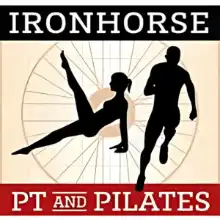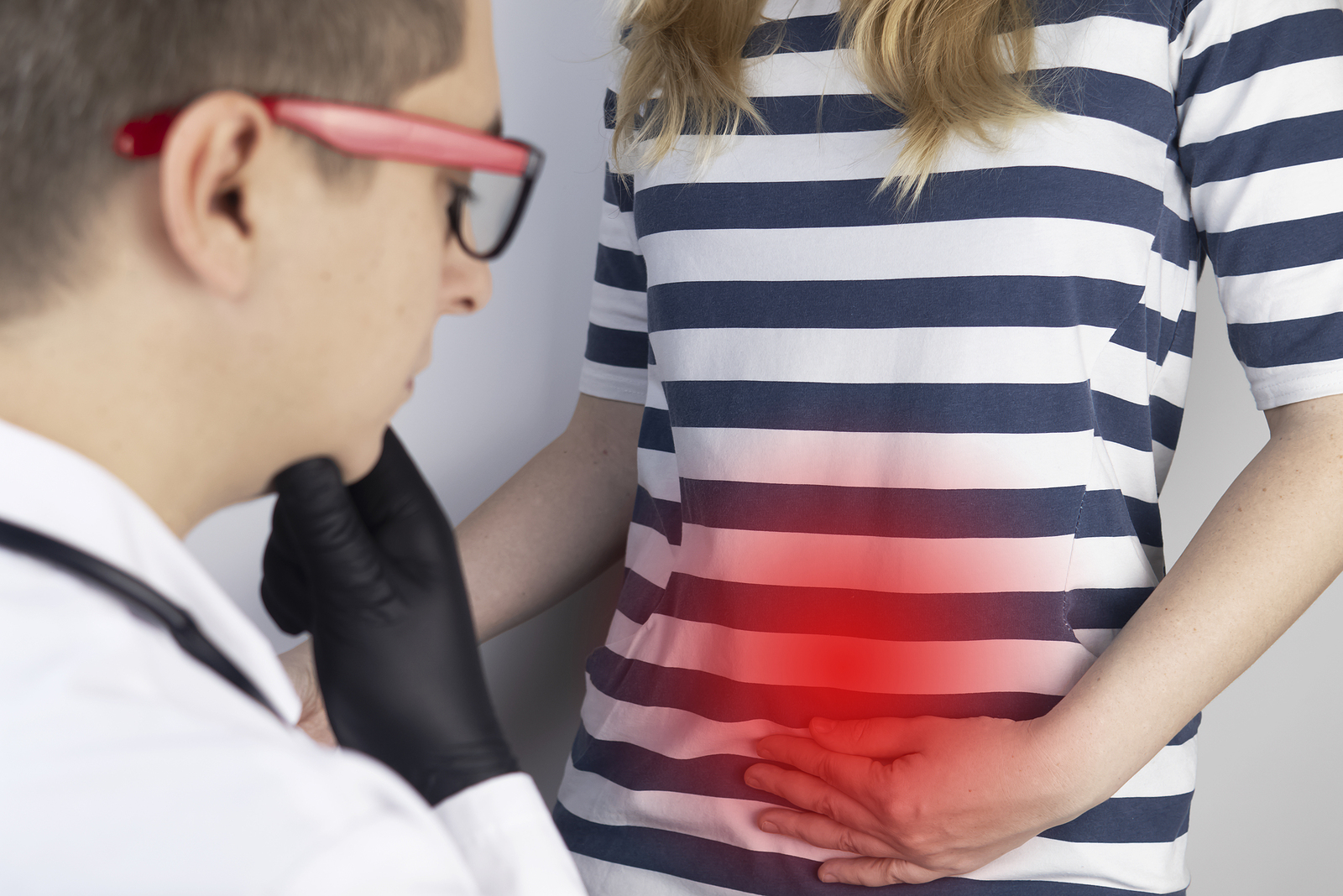Pelvic pain when walking can greatly impact your mobility, daily activities, and quality of life. This discomfort is quite common and has several potential causes. Identifying the source of the pain is key to finding the right treatment approach. This article by Ironhorse Physical Therapy & Pilates in San Ramon, San Ramon CA will discuss the common causes of pelvic pain when walking and the treatment options available.
Muscle Strain
Strains or tears are common during use when an elevated force is placed, quick movement is made, or weakness in the hip flexor, gluteal, and inner thigh muscles is experienced. It thus leads to discomfort in the front or back of the pelvis when one is walking. The main interventions that contribute to muscle tightness reduction and weakness compensation include massages, general and specific stretching, dry needling, and PT-prescribed exercises.
Sacroiliac Joint Dysfunction
The sacroiliac (SI) joints are situated in the lower back region, where the sacrum – a triangular bone that forms the base of the spine – articulates with the pelvis. Muscle tenderness of specific origin is observed in the patients with SI joint pain, with the possible referral patterns involve groins, hips, and thighs resulting in walking pain. Appropriate techniques of massage, body positioning, and exercises to strengthen the muscles around the SI joint are applied in the management of SI joint dysfunction.
Pelvic Floor Disorders
Abnormality of the pelvic floor muscles that are attached to the bladder, uterus, and bowels. Some of the referred pains can go to the pubic region, perineal region, and inner limbs. Such problems like high muscle tone or spasms are not exceptional after pregnancy; they are rather frequent. Prenatal Pelvic Floor Physical Therapy in San Ramon, CA, offers myofascial release biofeedback training while teaching exercises on how to relax and develop pelvic floor muscles.
Nerve Entrapment
Discomfort resulting from the compression or irritation of nerves such as the obturator, ilioinguinal, genitofemoral, and pudendal nerves means that back and pelvic pain can be transmitted to the groin and leg. This is frequently experienced around the sit bones while seated or ambulating. Manual, traction, and oscillatory movements with the aim of creating sliding motions of the nerve relative to the surrounding tissues are nerve gliding and neural flossing, respectively.
Osteitis Pubis
Inflammation of either of the pelves in the front part where the pubic bones unite results in a specific pain, and even a slight touch may produce redness and a feeling of heat. High-intensity muscle contractions during activities such as running, kicking, sudden acceleration, and deceleration over stress the pubic symphysis joint. The goal of Core & Pelvic Floor Rehab in San Ramon is to prevent the aggravation of pathology and to work for normal joints and muscles around the joint.
Arthritis
Wear and tear can also cause osteoarthritis in the hip joints and sacroiliac joints, which can present as pain in the pelvic and groin regions. A demonstration of anti-inflammatory drugs activity changes alongside physiotherapy allows a chronic patient to get symptomatic relief. This, in turn contributes to the sensation of solidness in the core and hips as well as their functional enhancement.
Pelvic Fractures
Stress fractures or insufficiency fractures of the sacrum, pubic rami, and other pelvic bones cause pain that worsens with walking and weight-bearing. These warrant immobilization and limited activity during initial healing. Gradually increasing activity under medical guidance ensures adequate healing before returning to normal function.
Endometriosis
Endometrial tissue growing outside the uterus can implant on pelvic structures like the ovaries, bladder, and bowel. This causes severe cramping pain in the pelvis and perineum, exacerbated by walking and activity. Hormone therapy and surgery are used to remove lesions and relieve pain.
Pelvic Congestion Syndrome
Varicose veins around the ovaries and pelvis, called pelvic venous insufficiency, cause a constant dull ache, pressure, and heaviness. Pain gets worse with long periods of walking, standing, or physical activity. Embolization procedures help close off faulty veins and reduce pain.
Interstitial Cystitis
This chronic bladder condition causes pelvic pain that may radiate to the groin, vagina, and rectum. The pain intensifies when the bladder fills while walking or standing. Physical Therapy San Ramon, CA, aims to relieve bladder muscle spasms, reduce inflammation, and manage pain.
Conclusion
If you experience persistent pelvic pain when walking, Ironhorse Physical Therapy & Pilates in San Ramon, San Ramon, CA, can provide specialized therapy to relieve your symptoms. Our expert pelvic health physical therapists use manual techniques, therapeutic exercises, and other interventions tailored to your specific condition. Regain your mobility and quality of life with the right treatment plan.


